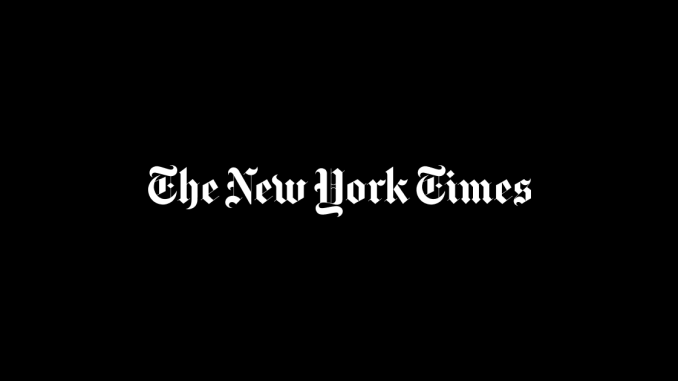
American workers got smaller pay increases in August. That could be welcome news for policymakers at the Federal Reserve.
Average hourly earnings rose 0.2 percent from July, the slowest pace of monthly growth since early last year. Pay was up 4.3 percent from a year earlier, versus a peak growth rate of nearly 6 percent in March 2022.
The earnings data is preliminary and can be skewed by shifts in the industries that are hiring, among other factors. But the slowdown in wage gains is consistent with other evidence suggesting a gradual cooling in the labor market. Employers are posting fewer job openings — a sign of reduced demand for labor — and workers are changing jobs less frequently, a sign they are also becoming more cautious.
For workers, the pain of slower wage growth is being offset, at least to some degree, by cooling inflation. Price increases outpaced pay gains for much of last year, but that trend has since reversed. Pay, adjusted for inflation, has risen in recent months; the Labor Department will release August price data later this month.
For policymakers, a cooler pace of wage growth — if it is sustained — would be an encouraging sign that the labor market is coming off the boil. Fed officials have been worried that rapid wage gains, while not responsible for the recent increase in prices, could make it difficult for inflation to return to their long-term goal of 2 percent per year. The data released Friday suggests that the labor market is returning to balance — though hourly earnings are still rising faster than many economists consider sustainable in the long term.
“While wage growth remains well above the Fed’s comfort zone, recent data points to a gentle moderation in labor cost pressures amid signs of labor market rebalancing,” Gregory Daco, chief economist for EY, wrote in a note to clients.


Be the first to comment